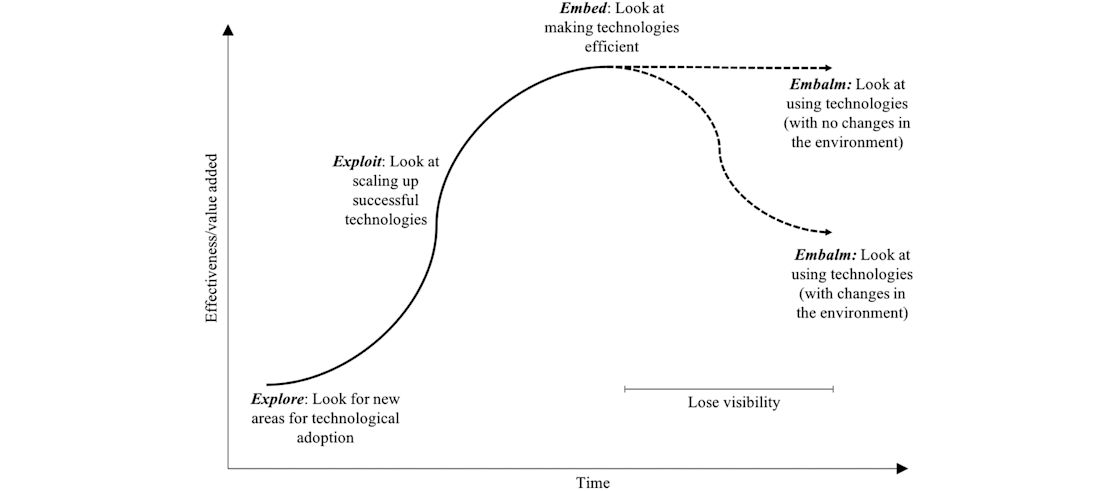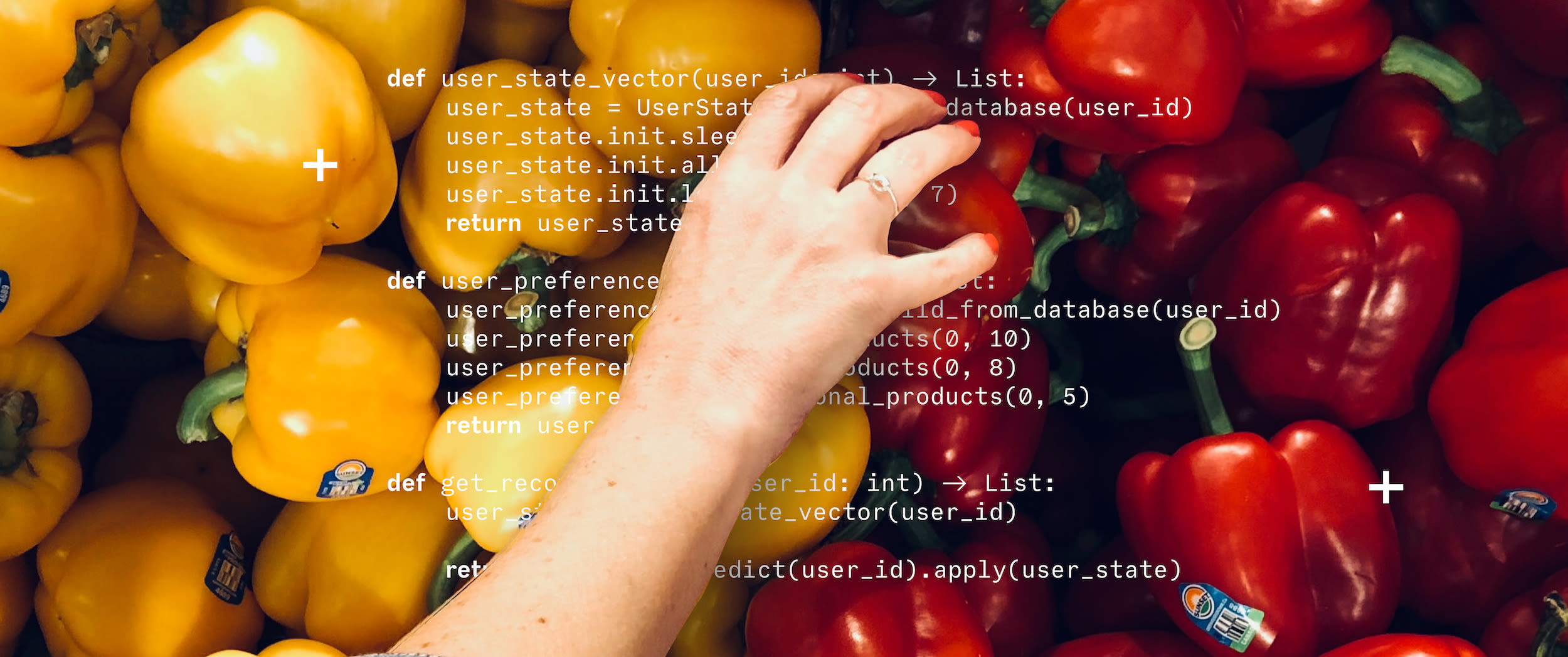Algorithms play an increasing role in food retailing and distribution. Our recent research demonstrates that this may shift the balance of power within the value chain without being visible to management.
The use of algorithmic technologies and big data enjoys an ever-growing popularity among businesses, regulators, and scientists alike (McAfee & Brynjolfsson, 2012). As recently summarized by Introna (2016: 18), “computerized systems – often expressed as ‘algorithms’ or ‘code’ – seem to be organizing our lives and opportunities without our explicit participation, and seemingly outside of our direct control”. This trend is likely to continue as companies aim to better understand customers and anticipate their needs by relying on algorithmic inputs in their decision-making processes. While the idea of capturing customers by measuring them is not a new phenomenon, the possibilities have grown due to recent advancements in how data can and is being processed.
In the context of food distribution systems, we have witnessed a shift in how food is made available to customers. Algorithmic technologies have radically transformed the practices of food retailers as explained by the following statement of a consultant in the grocery retailing field:
Instead of retailers choosing their ranges from products available, the data started flowing to the opposite direction. The needs of customers are now reflected directly onto the suppliers and producers.
In our research, we have observed this field-level transformation empowered by new technologies and the advent of big data in the UK grocery market, perhaps the world’s most advanced market in the use of customer data. By looking into the past development, my joint research project with Dr Richard Cuthbertson (University of Oxford) gives rise to a set of questions that may be useful for investigating the role of algorithms under the conditions of transparency, automation, and interaction with its environment, as well as the influence of technologizing in specific contexts.
We have discovered that technology has shifted power in food supply and resulted in a situation where the balance of power is not always clear – whether the power is on those the data is collected from, on those who own the data, or hidden in the algorithms that mediate changes into action. Most recently, the global Covid-19 pandemic has highlighted these challenges related to the transparency and reliance on technology in modern food and grocery distribution systems. Greater demand for eating at home, along with panic buying of certain critical products, led to short-term shortages highlighting the low level of grocery retail inventories and the dependency on anticipating demand in advance to activate the required just-in-time deliveries and relevant production schedules. Customer behavior altered so quickly that the automated retailer inventory and supply systems, based on algorithmic technologies, could not keep up with these changes in demand. Human intervention was required in many cases[1], for example, by restricting access to popular goods. Meanwhile, demand for digital channels that enabled customers to avoid going to physical stores heavily increased and also had to be restricted.[2]
This reminds us on the fact, that in the age of big data and algorithmic management, the nature of organizing is changing. Past research on the influence of technologizing and other interactions with organizations and their environments have traditionally considered data as a source of power for its owners, Big Data and algorithmic decision-making being seen to generate more opportunities. Hence, we highlight the importance of understanding the dimension of power when implementing new technologies – algorithmic technologies in particular. In contradiction to the past overwhelmingly positive suggestions on the influence of technologies, our work illustrates that such transitions may also lead to rather contrary outcomes, where the technologies become embalmed, preserving the status quo rather than leading to further improvement (see Figure 1). Therefore, we argue that there is a lot of space for further research to understand such transitions as well as the dimensions behind the surprising outcomes that may accrue.
More information on our research can be found from:
https://www.tandfonline.com/doi/pdf/10.1080/10580530.2021.1939200

References
Introna, L. D. (2016). Algorithms, governance, and governmentality: On governing academic writing. Science, Technology and Human Values, 41(1), 17-49.
McAfee, A., & Brynjolfsson, E. (2012). Big data: The management revolution. Harvard Business Review, 90(10), 60-66.
[1] BBC news, “Coronavirus: What’s behind the great toilet roll grab?” by Lora Jones, March 26, 2020, see: https://www.bbc.com/news/business-52040532
[2] Financial Times, “US online grocery shopping jumps as chains rush to add capacity” by Dave Lee, June 1, 2020, see: https://www.ft.com/content/029e3dab-78e6-4978-b73d-f00cd9877084
About the author
Dr Lauri Paavola is a Postdoctoral researcher at Aalto University School of Business. Before his postdoctoral research at Aalto, Lauri has worked at Stanford University as a Research Fellow (2020) and at the University of Oxford during his PhD research (2014-2017). Much of Lauri's research and teaching has concentrated on addressing the challenges of digitalization, particularly through technological innovation and customer data.







